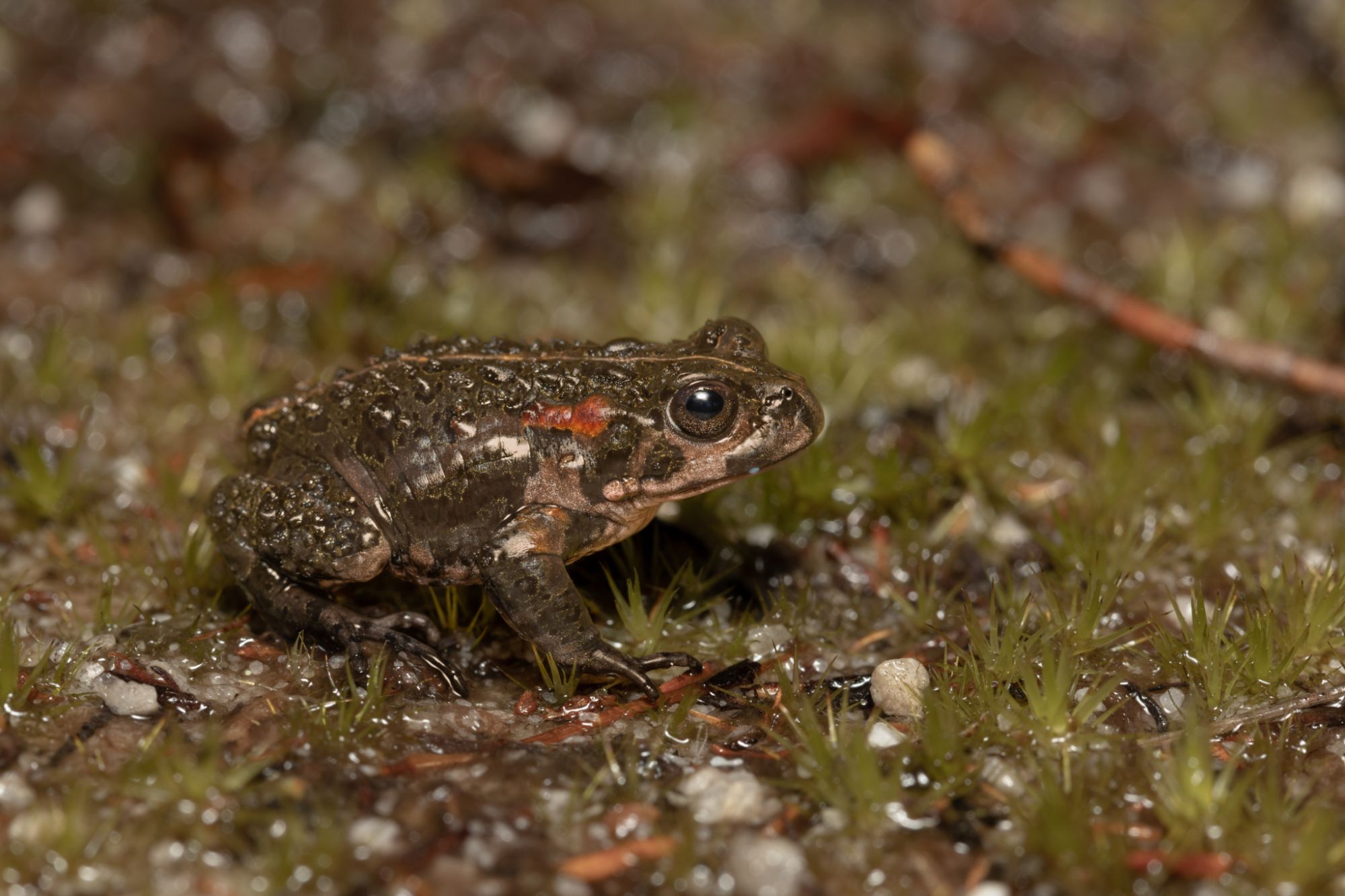
Western Cape expands protected areas with Mount David Reserve
The Western Cape has welcomed its newest Provincial Nature Reserve, the Mount David Nature Reserve, an over 800-hectare stronghold of threatened ecosystems and endangered species.
After purchasing the property, then known as Diepgat, in 2008, Antony van Hoogstraten has spent the past 17 years rehabilitating the property. Once used for livestock and grain farming, Diepgat has undergone systematic alien clearing to restore the ecological integrity of the property. Today, it has thriving wetlands, seeps, and pristine fynbos that now dominates the area.
The site gained further conservation importance in 2010, surveys after a wildfire led to the discovery of a Critically Endangered Erica species previously thought to be nearly extinct.
The declaration of Mount David forms part of the Western Cape’s growing network of protected areas, helping to conserve biodiversity, restore degraded landscapes, and strengthen the province’s ecological services that our nature provides. These ecological services are critical to the wellbeing of the province’s people and economy and include basic services from clean water and healthy soils to more complicated aspects of climate regulation and strengthening ecological corridors.
CapeNature facilitates the legal administrative process to declare these sites as Protected Areas in terms of the National Environmental Management Protected Areas Act. The Nature Reserve was declared on 7 November 2025. The negotiation and facilitation of the process have been implemented by Bionerds for the Endangered Wildlife Trust (EWT), with support from CapeNature. Bionerds wrote the Protected Area Management Plan for this property independently of this project, and it was signed off in 2023.
In 2020, after months of lockdown, conservationists from Bionerds surveyed the neighbouring Maanschynkop Nature Reserve in the Overstrand, in search of the elusive Moonlight Mountain Toadlet (Capensibufo selenophos), a species so poorly known it was listed as Data Deficient. Although the team found no trace of the toadlet there, a chance exploration of Diepgat’s upper slopes revealed a healthy, breeding population of the species thriving on the property.

Image: Moonlight Mountain Toadlet by Bionerds.
Alouise Lynch, Director of Bionerds, helped to facilitate the process of getting Mount David declared as a provincial nature reserve, along with the EWT.
Part of our project with the EWT was to work with landowners to find a formal mechanism to secure properties where we have found target frog species. We assessed Diepgat and presented on the biodiversity, ecological, and landscape importance of the property to CapeNature.
To have recorded a new breeding locality for the Moonlight Mountain Toadlet was a special addition to the ecological diversity of this property, and to have a landowner who has expressed such commitment to conservation through his actions, such that the ecosystems are in a near-pristine condition, is perhaps the greatest reward for anyone working with threatened species and habitats.
This discovery highlights the ecological integrity of Diepgat and the impact of years of restoration work. It also opened the door to protected area recognition. Leopard, Klipspringer and Grey Rhebok, Black Harrier, Verreaux’s Eagle and Blue Cranes have also been documented on the property.
Shortly after the discovery of the Moonlight Mountain Toadlet, Bionerds travelled to Hermanus to meet with the Van Hoogstraten family to discuss the possibility of making sure that their conservation efforts were secured through formal protection. The Van Hoogstraten family chose the name Mount David Nature Reserve for the area.
Landowners who are considering having their land formally protected can contact CapeNature’s Stewardship Team at wcpaes2025@capenature.co.za.



